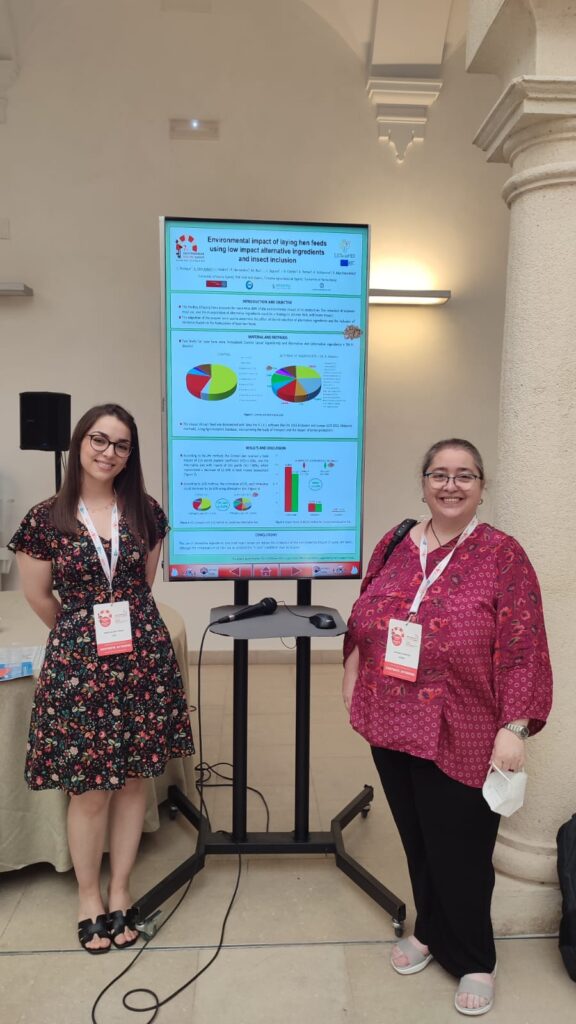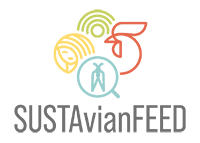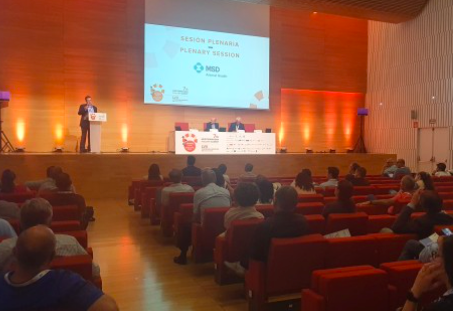The Mediterranean Poultry Summit (MPS) (http://www.mpn-wpsa.org/spain2020/index.php/en/) is one of the main events of the poultry sector in 2022. Delegates from all over the Mediterranean area meet every two years to participate in the summit program and get in touch with colleagues. This year, they met in early June in the prestigious University of Cordoba (Spain).
This MPS was based on previous successful summits in Chalkidiki (Greece, 2008), Antalya (Turkey, 2009), Alexandria (Egypt, 2012), Beirut (Lebanon, 2014), on a cruise around the sea of Italy-Spain-France (2016) and the last one in Torino (Italy, 2018).
This year, Cordoba was chosen even if it is not over the Mediterranean Sea, but it is related to the main Mediterranean civilizations. The history of Cordoba has been recognized by the UNESCO and it was declared a World Heritage Site in 1984.
In this unique setting, an interesting and high-level scientific program was prepared with the best invited speakers all around the world, but mainly from the Mediterranean area. Industry, producers, research, university and students were present in the Summit and the place of the students concerned in poultry was principal, with activities prepared for them.
The University of Murcia, partner of our SUSTAvianFEED project, was one of the guests at the event.

“In our particular case, – Professor Ana Montalban Perez explains – since the major impact of poultry production of breeds adapted to the Mediterranean climate is derived from the production of their feed, our work was focused on establishing a comparison between two diets, one of them called “control” made with usual ingredients, and the other called “alternative” with an important percentage of alternative ingredients, involving the decrease of ingredients with high environmental impact such as corn and soybean (in our case, imported), as well as the inclusion of 5% of larvae of Hermetia illucens. These diets were evaluated by SimaPro software using two impact analysis methods: Recipe method and ILCD method.
The analysis determined that the alternative diet showed a 12.93% lower impact in total points, and a 16.02% lower impact in CO2 eq/ton (ILCD method) compared to the control diet. Thus, we were able to conclude that the use of alternative ingredients, as well as the inclusion of Hermetia illucens larvae can reduce the estimated environmental impact of laying hen diets, although in vivo studies must be studied to understand the full implications of the inclusion of these diets”.
The UMU work was awarded by the Scientific Committee of the Summit, choosing it as one of the best papers of young researchers for the 7th Mediterranean poultry Summit.
“It was really surprising – she concludes – to appreciate the level of appearance of topics such as the use of native breeds in disappearing process, a topic that several speakers highlighted in the area of reproduction and genetics, showing a real interest in reviving the productions of some breeds of the world in combination with more sustainable diet formulations, as brilliantly exposed by our colleague from EGE Özlem Karahan Uysal in her oral session. Even these topics were highlighted in plenary sessions, showing the interest generated in the industry for alternative and more sustainable trends in the poultry sector”.








Leave a Reply
You must be logged in to post a comment.